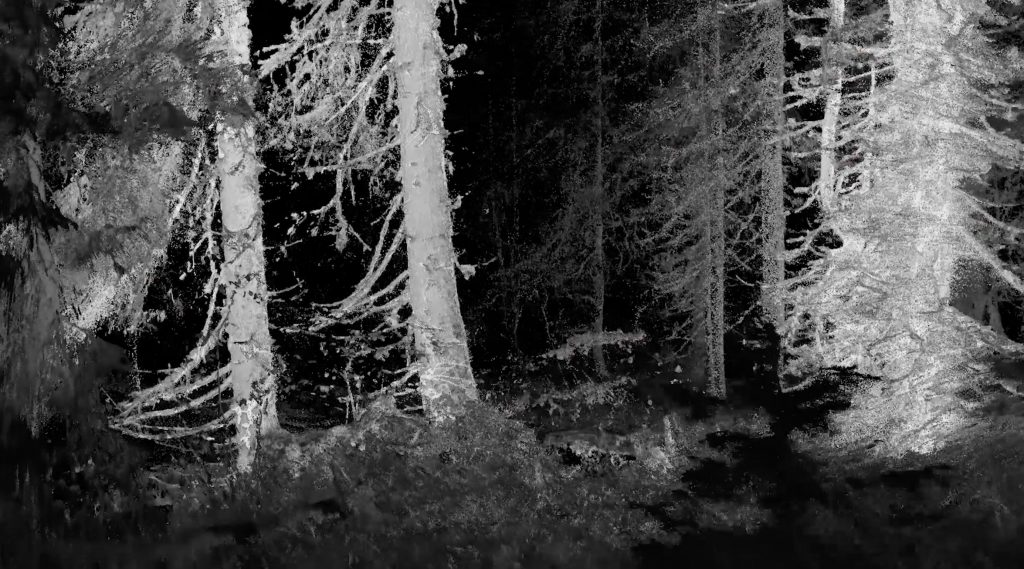Miami Art Week 2019: Sound Artist Jana Winderen’s “The Art of Listening: Under Water” Composition
A site-specific installation during Art Basel, within the Collins Park Rotunda, commissioned by Audemars Piguet
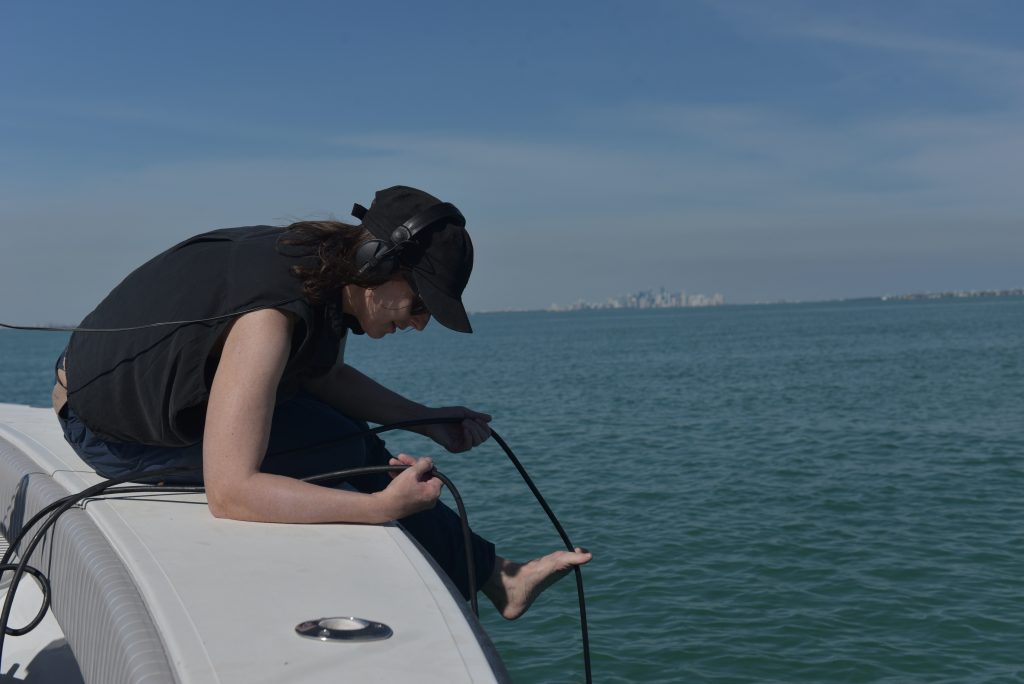
22 speakers, woven together with an advanced 3D-sound distribution system, whisper and rumble and crackle with life. Set inside the darkness of the concrete Collins Park Rotunda, opposite Miami’s Bass Museum, this technological immersion channels Norwegian contemporary artist Jana Winderen‘s site-specific installation “The Art of Listening: Under Water.” Commissioned by luxury Swiss watch manufacture Audemars Piguet, and premiering at Art Basel (where it was free and open to the public), the work layers Winderen’s high-precision hydrophone field recordings from the world over—Key Biscayne included—and highlights marine life and its reaction to anthropogenic noise pollution. The physical nature of Winderen’s exhibit represents one of the few during Miami Art Week best experienced with eyes closed.

Winderen once again worked with Tony Myatt to design the sonic experience—which makes attendees feel as if they’re directly inside of the sound. “The Art of Listening: Under Water” takes listeners on a 30-minute collaged narrative. It begins, as Winderen explains, with her “travels from the north, where we are seeing that the ice is melting and seeing the result of the warming climate.” Winderen’s drops microphones, ultrasound detectors and high-quality hydrophones undersea to record everything from ice calving to the migration noises of the cod. Then, from the north, Winderen traces the path of the humpback whales to the Caribbean. All manner of underwater sounds are gathered and presented. “Without this type of installation it would be difficult to access this information,” Winderen continues. “It’s a kind of presentation of sounds that would be otherwise difficult for you to hear.”

Many are not aware of “the amount of sound we are putting underwater and how disturbing this is for the environment,” she explains. “Fish need to hear each other, to meet and to mate, and if there are only small gaps of time when they can hear one another, they might not reproduce. This is not only true for whales and larger mammals, but also smaller fish and crustaceans. It is another stress factor that we as humans are putting into the environment.”
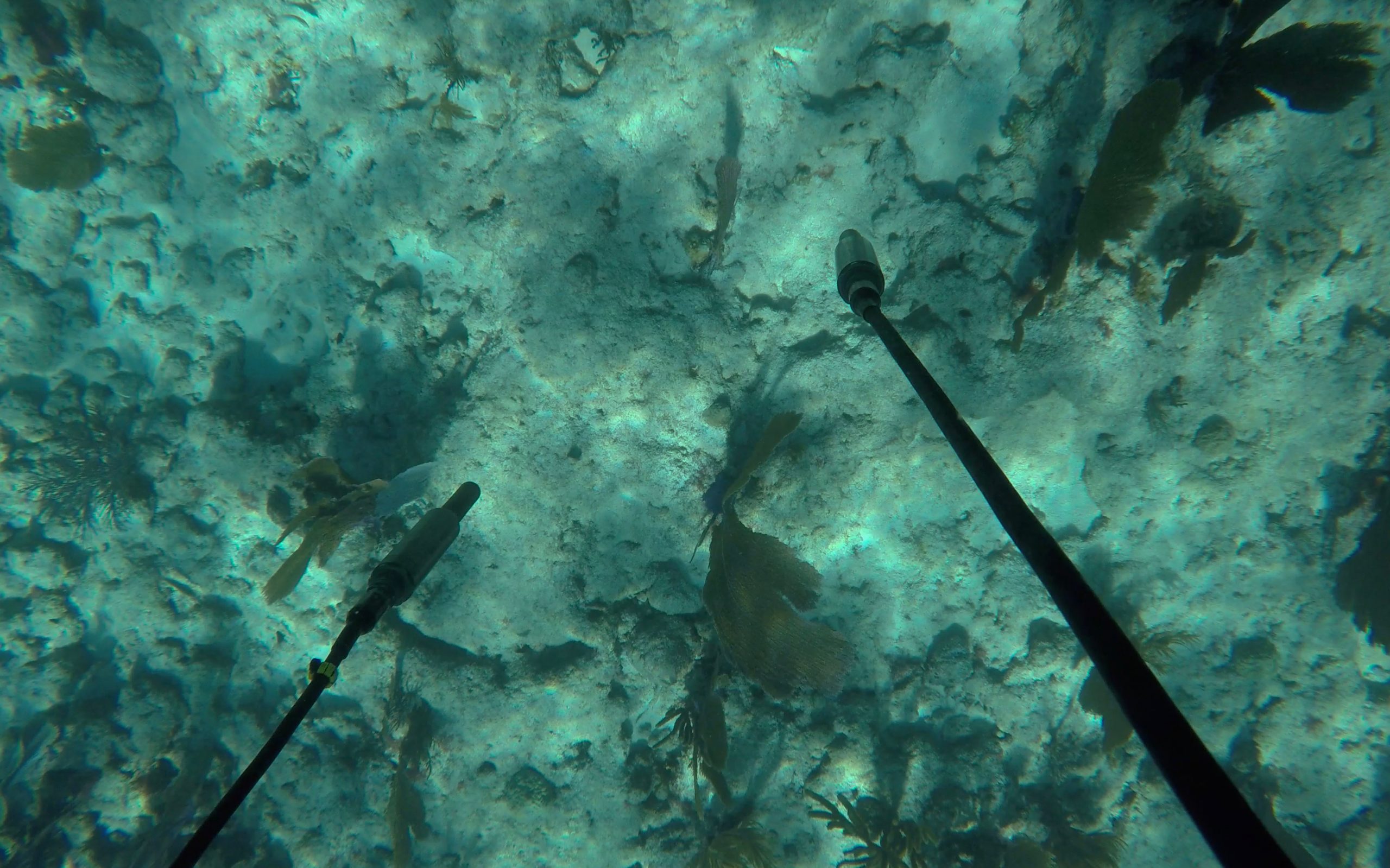
“In addition to plastics and chemicals, an enormous and disturbing factor is this industrial noise and the military sonar and seismic testing,” she continues. “We look over the ocean and it looks beautiful. We look underneath and we might see there’s not so much life anymore when you start to listen.”

With “The Art of Listening: Under Water,” Winderen aims to connect a local community’s relationship to the ocean with the broader world—and a global problem. “That’s why we went to record locally,” she says. Her experience in the Miami area was a surprise. “I was expecting to hear boats for shipping and yachts coming in, all that traffic. And, I was very happy to find that we there were dolphins: bottlenose dolphins and another species. We have fantastic recordings of them.” And yet, where there should have been some, Winderen admits, “I did not hear many fish.”

These local learnings, through Winderen’s meticulous documentation, blend with recordings from the tropical waters around Thailand—and with the aforementioned, contrasting sounds from Barents Sea. There’s beauty bursting with fear, and all of it is underscored by the unknown. “What is essential to all of this is the human being, and how humans can be the agent of change, ” she says. “We need to spread the word that they need to hear each other.”
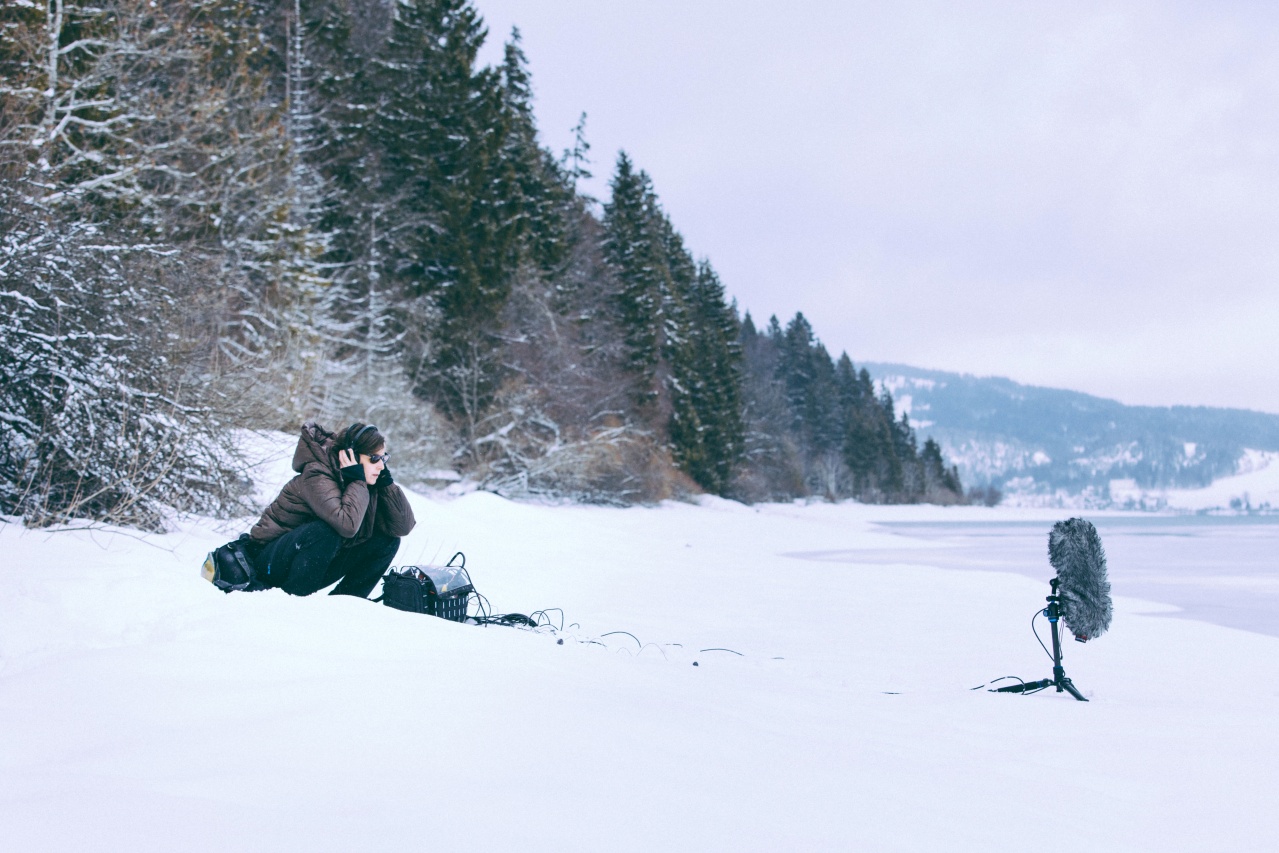
“The Art of Listening: Under Water” tantalizes. Those with imaginations will benefit most from the experience, manifesting their own visions underwater. And, of course, the dialogue surrounding the work and its mission to protect the sonic ecosystems will hopefully extend outward. Winderen wants people to listen—to the message but also to the water itself. “We are not adapted to listen underwater,” she continues, “but we can listen with our skull. Lie down in the water and relax and focus. You will start to hear the crackling. We all need to do this. We all need to reconnect with our environment.” Winderen refers to bone conduction here, which also happens to be a way fish detect motion.
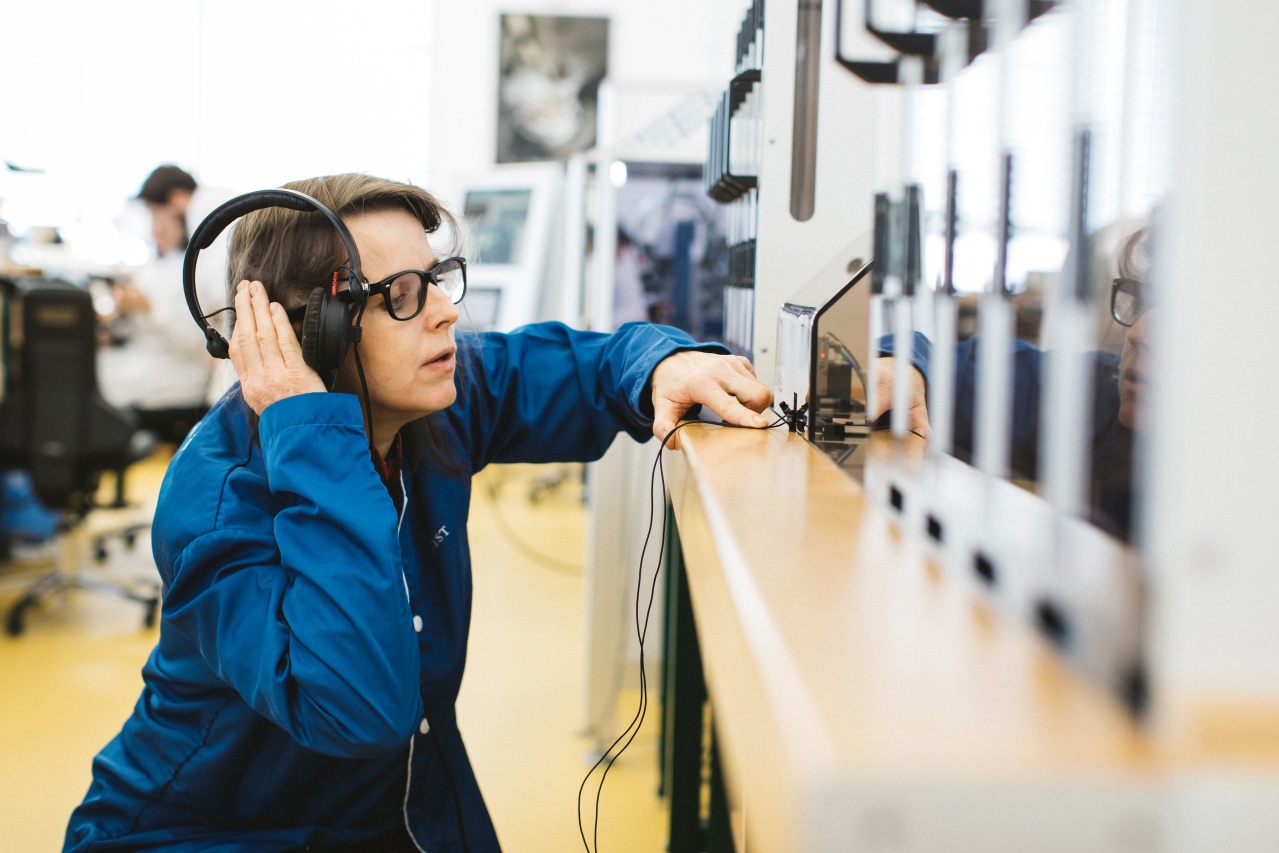
Prior to the release of the work, Winderen spent time in what she refers to as the “exceptional forest of 300-year-old trees in the Vallée de Joux,” where Audemars Piguet is headquartered. “I went out with my recording equipment, early in the morning,” she says. “It looks beautiful. You have a fog over the lake. But when I put my microphone up and my headphones on, while it was still quite dark, there was an enormous amount of sound that you couldn’t see.” Toeing the line between art and science, Winderen wants us to hear all the sounds that we usually cannot—on land and under the sea—and she wants us to understand that we need to protect every living thing that’s making it.
Courtesy of the artist and Audemars Piguet

